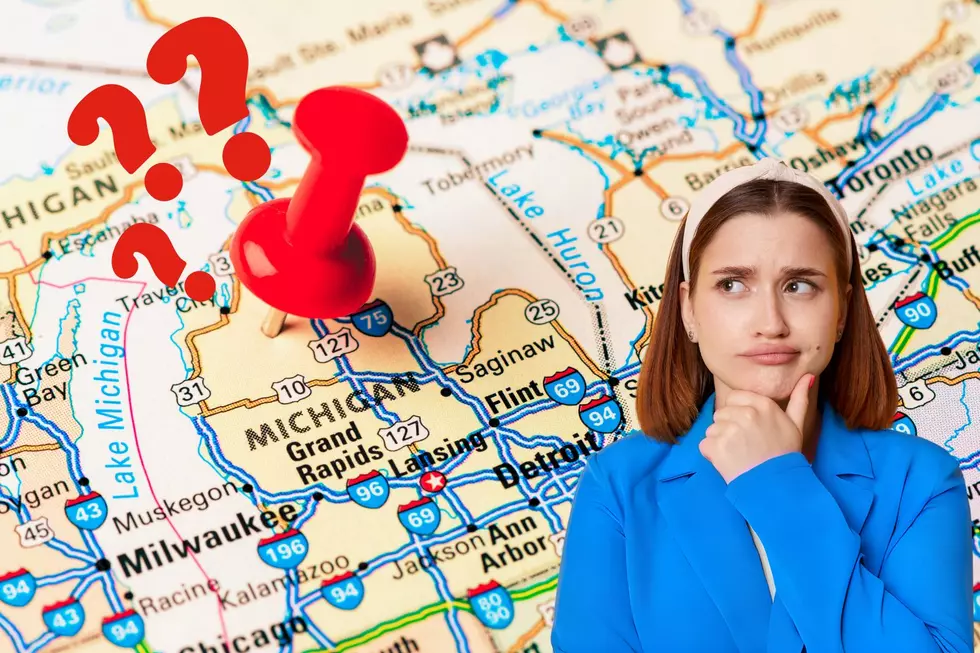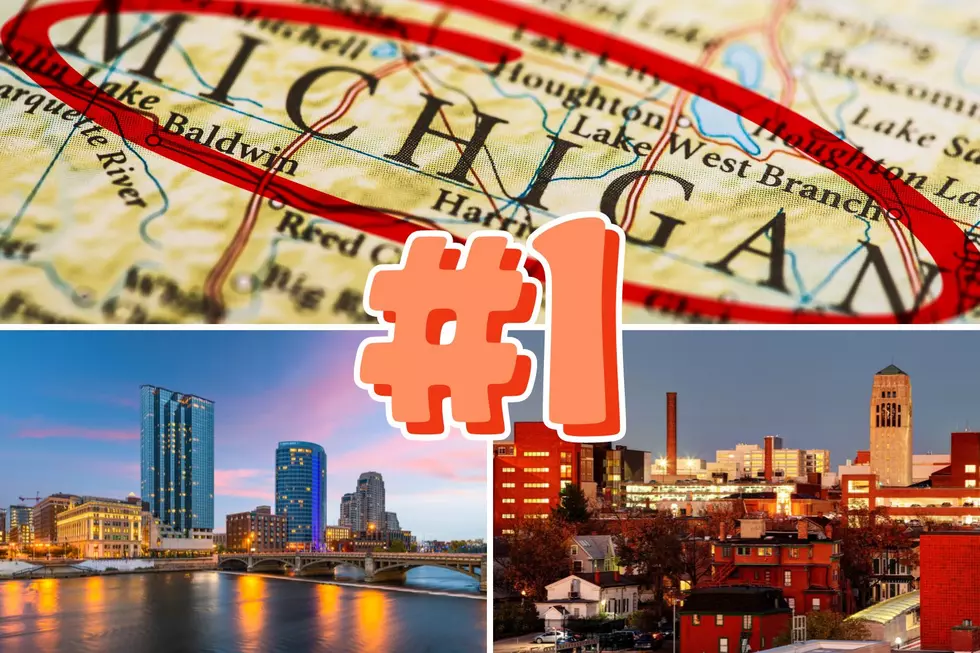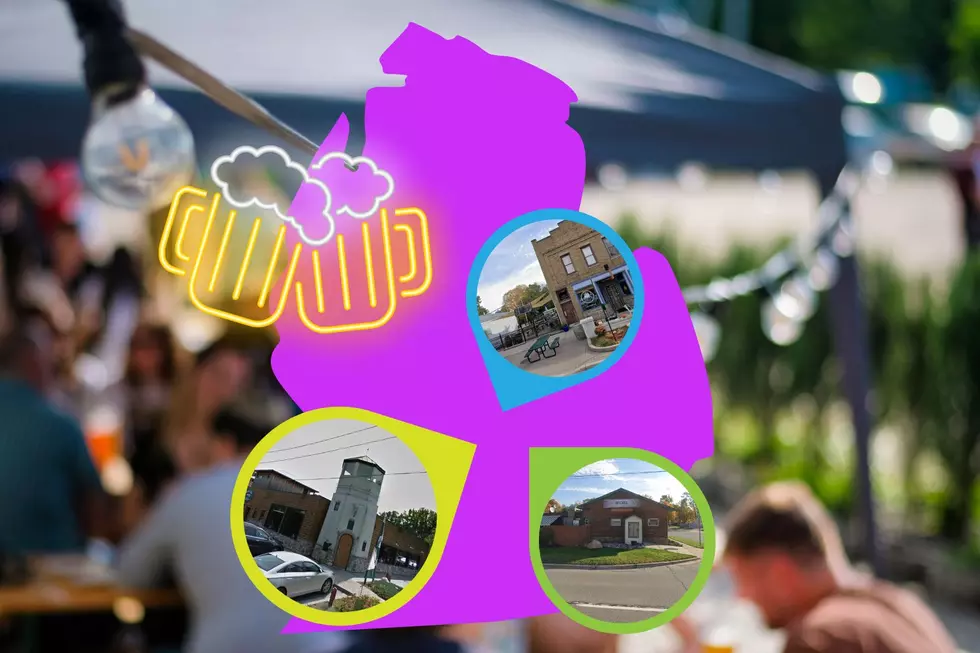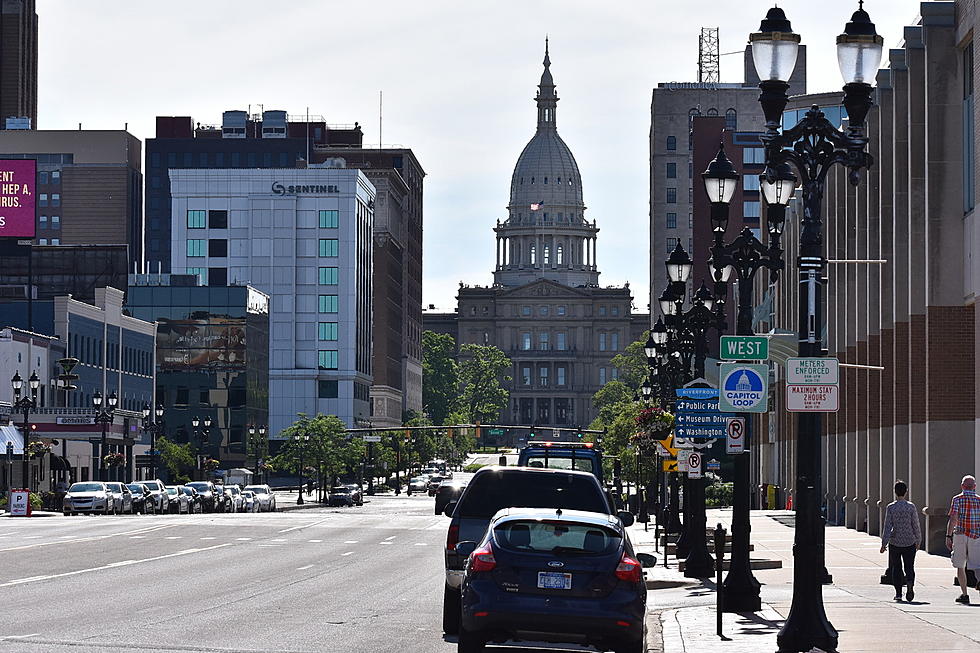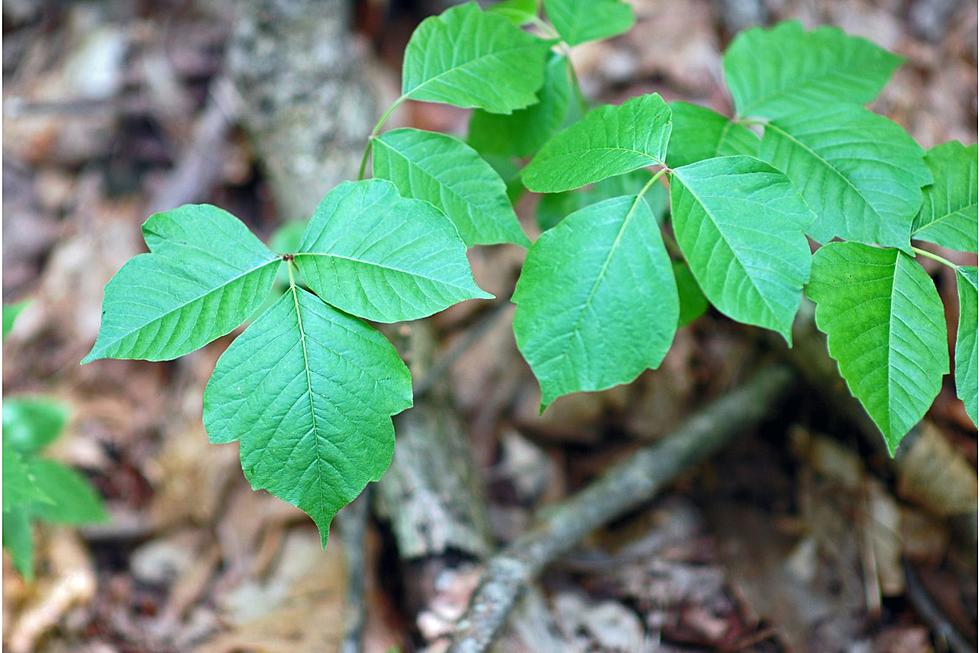
Leaves of Three, Let Them Be: Poison Ivy in Michigan
Warmer weather means birds chirping, flowers blooming, outdoor activities...and, unfortunately, a fresh new round of poison ivy growing in Michigan. Watch out!

According to the American Skin Association, about 85 percent of the population is allergic to poison ivy, poison sumac or poison oak, and about 10 to 15 percent are extremely allergic. This is the most common allergic reaction in the U.S., and affects as many as 50 million Americans each year.
Poison Ivy grows everywhere in the United States (except Hawaii, Alaska and some deserts in Nevada). This means that, yes, we definitely have it in Michigan! The plants may differ a little throughout the country, but the mostly have leaves that are grouped "in threes" which makes them fairly easy to recognize.
The Michigan State University Department of Plant, Soil and Microbial Sciences points out that you can find both Western Poison Ivy and Eastern Poison Ivy in our state - . Eastern poison ivy mainly grows in the lower half of the Lower Peninsula and often grows as a vine with aerial roots. Western poison ivy can be found in the Upper Peninsula and the northern and western portions of the Lower Peninsula. Western poison ivy has an grows upright.
How do you get a poison ivy rash on your skin?
Poison ivy, poison oak, and poison sumac release an oil, urushiol, which transfers to your skin if you touch the leaves, stem or roots. When the oil gets on your skin an allergic reaction, referred to as contact dermatitis, occurs in most exposed people as an itchy red rash with bumps or blisters. Burning these poisonous plants can be very dangerous because the allergens can be inhaled, causing lung irritation.
Symptoms of Poison Ivy:
- Red rash within a few days of contact
- Bumps, red patches or streaking, or blisters. (NOTE: fluids in blisters will not cause blisters to spread on you or to others).
- Swelling
- Itching
What to Do if You Touch Poison Ivy
The Mayo Clinic recommends to:
- Rinse your skin immediately (cold water helps close your pores).
- Use rubbing alcohol, degreasing soap (such as dishwashing soap) or detergent, and lots of water.
- Scrub under your nails with a brush.
- Apply wet compresses, calamine lotion, or hydrocortisone cream to the skin to reduce itching and blistering.
- Take an antihistamine such as diphenhydramine (like Benadryl) to help relieve itching.
- Get medical help in severe cases, or if the rash is on the face or genitals.
- Call 911 or go to a hospital emergency room if you have a severe allergic reaction, such as swelling or difficulty breathing.
See your doctor if:
- The reaction is severe or widespread
- Your skin continues to swell
- The rash affects your eyes, mouth or genitals
- Blisters are oozing pus
- You develop a fever greater than 100 F (37.8 C)
- The rash doesn't get better within a few weeks.
If you scratch a poison ivy rash, bacteria under your fingernails may cause the skin to become infected. See your doctor if pus starts oozing from the blisters. Your doctor might prescribe antibiotics.
How to Prevent Poison Ivy
The Mayo Clinic also suggests:
- Avoid the plants. Learn how to identify poison ivy, poison oak and poison sumac in all seasons. When hiking or engaging in other activities that might expose you to these plants, try to stay on cleared pathways. Wear socks, pants and long sleeves when outdoors. If camping, make sure you pitch your tent in an area free of these plants.
- Wear protective clothing. If needed, protect your skin by wearing socks, boots, pants, long sleeves and heavy gloves.
- Remove or kill the plants. Identify and remove poison ivy, poison oak and poison sumac from your yard or garden. You can get rid of such plants by applying an herbicide or pulling them out of the ground, including the roots, while wearing heavy gloves. Afterward remove the gloves carefully and wash them and your hands. Don't burn poison ivy or related plants because the urushiol can be carried by the smoke.
- Wash your skin or your pet's fur. Within 30 minutes after exposure to urushiol, use soap and water to gently wash off the harmful resin from your skin. Scrub under your fingernails too. Even washing after an hour or so can help reduce the severity of the rash.
- Clean contaminated objects. If you think you've come into contact with poison ivy, wash your clothing promptly in warm soapy water — ideally in a washing machine. Handle contaminated clothing carefully so that you don't transfer the urushiol to yourself, furniture, rugs or appliances.
One more thing...
Be sure to wash anything that came in contact with the plant oil — such as outdoor gear, garden tools, jewelry, shoes and even shoelaces. Urushiol can remain potent for years. So if you put away a contaminated jacket without washing it and take it out a year later, the oil on the jacket may still cause a rash.
A Stroll Through the Rose Garden at Lansing's Frances Park
More From 100.7 WITL
